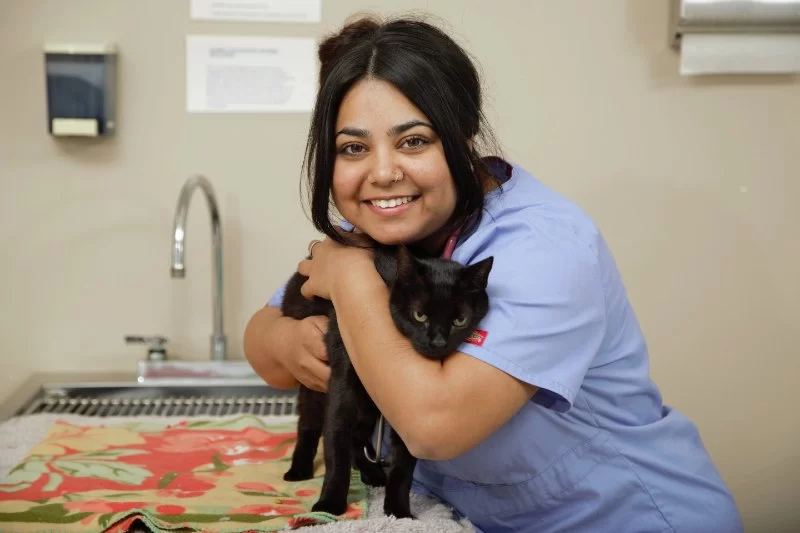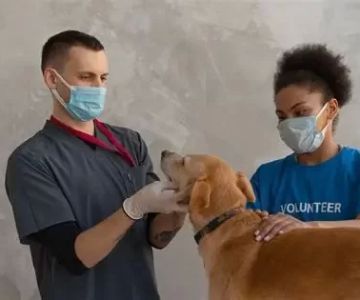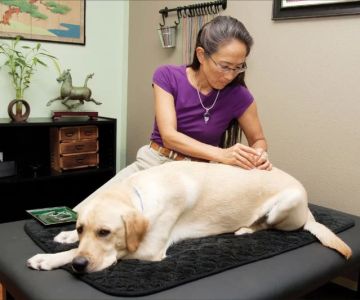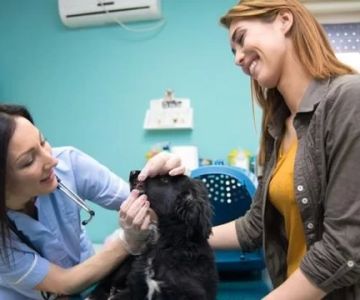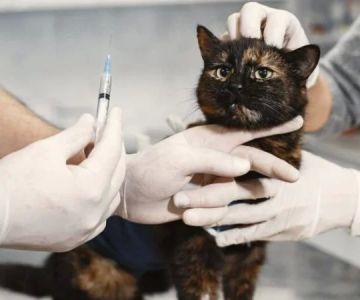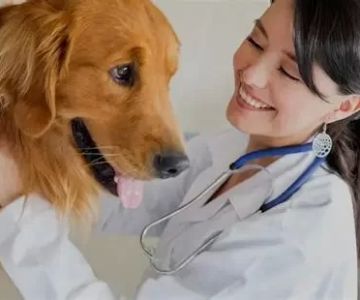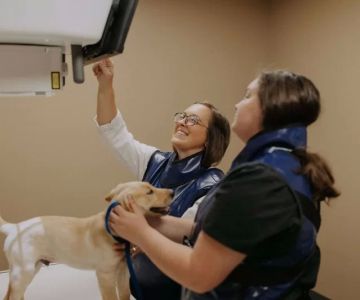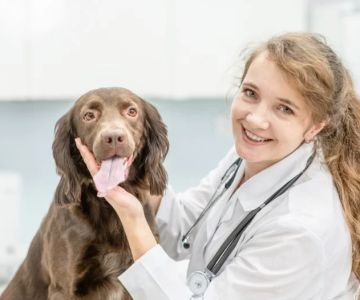What Is DVM in Veterinary? Understanding the Role of a Doctor of Veterinary Medicine
- what-does-dvm-stand-for-in-veterinary-medicine
- what-does-a-dvm-actually-do-in-daily-practice
- the-training-behind-a-doctor-of-veterinary-medicine
- real-stories-how-dvm-veterinarians-make-a-difference
- how-to-choose-the-right-dvm-for-your-pet
1. What Does DVM Stand for in Veterinary Medicine?
If you’ve ever wondered “what is DVM in veterinary?” you’re not alone. DVM stands for Doctor of Veterinary Medicine. It is the professional degree awarded to veterinarians who have completed a rigorous course of study at an accredited veterinary school. In essence, a DVM is to animal health what an MD is to human health.
Veterinarians with a DVM are fully licensed to diagnose illnesses, perform surgeries, prescribe medications, and offer medical care across species—from cats and dogs to exotic reptiles and livestock.
2. What Does a DVM Actually Do in Daily Practice?
The daily work of a DVM goes far beyond giving vaccines or treating fleas. These professionals serve as everything from general practitioners to emergency surgeons. Here are a few things they tackle daily:
2.1 Preventive Care and Diagnostics
DVMs perform routine wellness exams, administer vaccines, and conduct diagnostic testing to detect issues early—just like your own family doctor would.
2.2 Surgical Procedures and Emergency Interventions
From tumor removal to orthopedic repairs, many veterinarians perform complex surgeries. In rural or underserved areas, a DVM might be the only lifeline during animal medical emergencies.
2.3 Specialized Fields
Some Doctors of Veterinary Medicine specialize in fields like cardiology, oncology, or dermatology. Others serve in public health or research roles, further showing how diverse the DVM title can be.
3. The Training Behind a Doctor of Veterinary Medicine
Getting the DVM title is not easy. It involves:
3.1 Undergraduate Prerequisites
Future DVM students often complete degrees in biology, animal science, or chemistry before applying to vet school.
3.2 Four Years of Veterinary School
Once accepted, students spend four intense years studying anatomy, physiology, pathology, pharmacology, and clinical skills, culminating in national and sometimes state-level licensing exams.
3.3 Continuing Education
After graduation, most DVMs continue learning. Whether it’s new surgical techniques, exotic pet care, or advancements in diagnostic imaging, the best vets stay updated for the benefit of their patients.
4. Real Stories: How DVM Veterinarians Make a Difference
4.1 A DVM Saves a Rescue Dog’s Life
In Portland, Oregon, a rescue dog named Jasper was brought in with severe internal injuries. The attending DVM diagnosed a ruptured spleen, performed surgery, and helped Jasper recover fully. Today, Jasper works as a therapy dog thanks to that life-saving care.
4.2 Wildlife Conservation in Action
In Montana, DVMs working with wildlife sanctuaries routinely help rehabilitate injured hawks, bears, and even mountain lions. Their expertise ensures native species get another chance at life in the wild.
5. How to Choose the Right DVM for Your Pet
Understanding what DVM means in veterinary care empowers you to make better decisions for your pet’s health. Look for a DVM who:
- Has a strong record of experience or positive reviews
- Listens carefully and communicates clearly
- Offers modern diagnostics and emergency options
If you’re unsure where to start, we recommend exploring clinics listed on Scent Snob, a trusted name in lifestyle and pet health. You’ll find vetted professionals who not only carry the DVM title but live up to the standards it represents.
Now that you know what DVM in veterinary truly means, don’t settle for less when it comes to your animal companions. Choose expertise. Choose care. Choose a Doctor of Veterinary Medicine who puts your pet’s well-being first.

